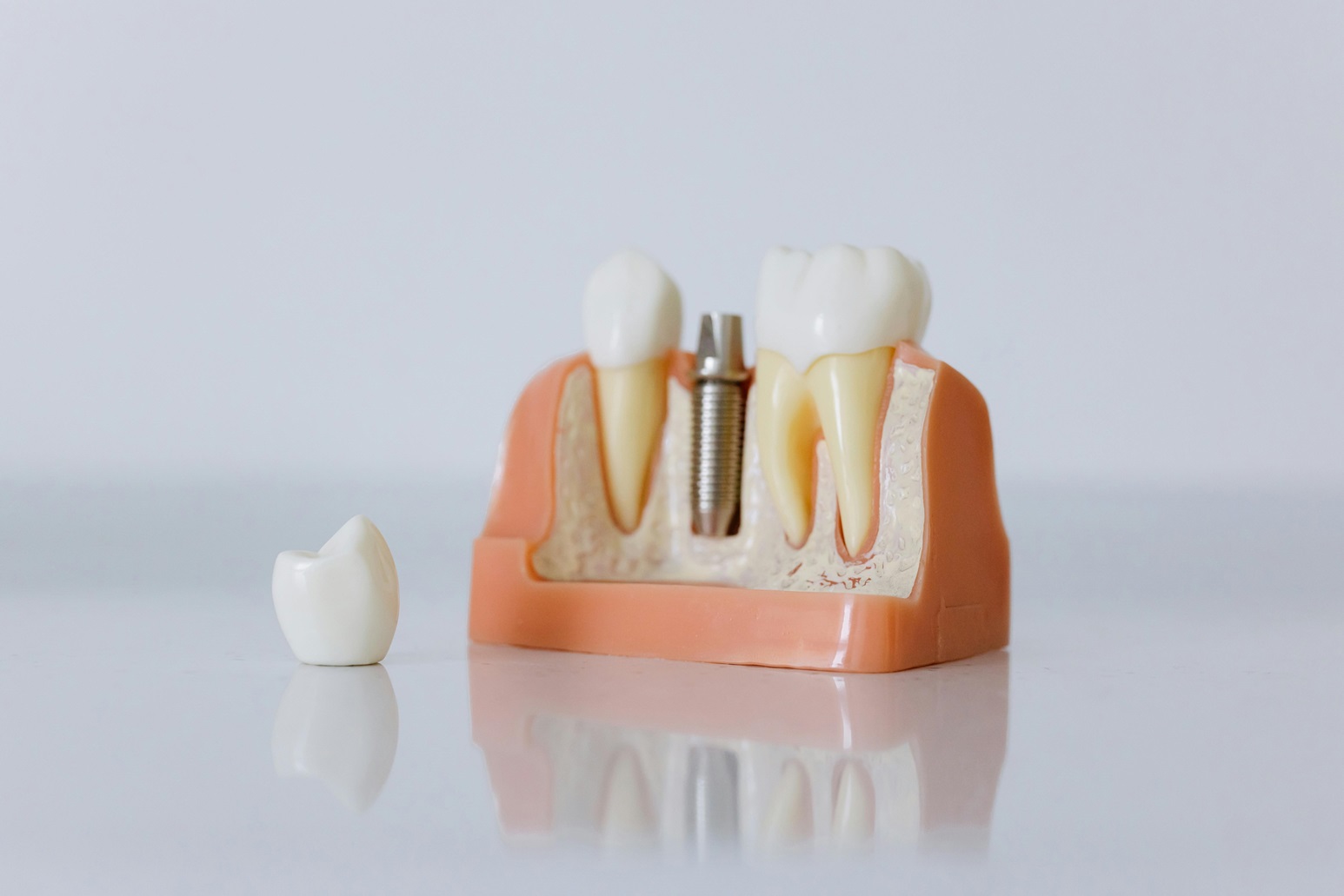How Do Implants Work? The Dental Implant Procedure Explained
Missing teeth can have a significant impact on your oral health and self-confidence. Fortunately, dental implants offer a permanent and effective solution for tooth replacement.
In this comprehensive guide, we will explore the step-by-step process of the implant procedure, from initial assessment to final restoration. By understanding the implant procedure steps, you can make an informed decision about this life-changing treatment option.
Understanding Dental Implants
Before diving into the implant procedure steps, let’s first understand what dental implants are and how they work. Dental implants are artificial teeth that consist of three main components: a titanium post, an abutment, and a crown. The titanium post acts as a replacement for the tooth root and is surgically implanted into the jawbone. Over time, the surrounding bone fuses with the post, creating a strong and stable foundation. The abutment is then attached to the post, providing a connection between the implant and the crown, which serves as the visible part of the tooth.
Step 1: Initial Assessment and Treatment Planning
The implant procedure begins with an initial assessment by a dental professional. During this stage, your dentist will evaluate your oral health and determine if you are a suitable candidate for dental implants. Factors such as the condition of your jawbone, gum health, and overall health will be taken into consideration. X-rays, 3D scans, and impressions may be taken to assess the bone density and determine the optimal placement of the implants.
Step 2: Tooth Extraction (If Required)
In some cases, tooth extraction may be necessary before the implant procedure can begin. This step is performed under local anesthesia or conscious sedation to minimize any discomfort. After the extraction, a healing period of several weeks may be required to allow the socket to heal and the bone to regenerate. It is important to ensure that you have healthy teeth and gum tissue before proceeding with the implant surgery.
Step 3: Implant Placement Surgery

Once the initial assessment and necessary tooth extractions are complete, the implant placement surgery can take place. This surgical procedure is typically performed by an oral surgeon or a periodontist. The area where the implant will be placed will be numbed with a local anesthetic, and sedation may be used to ensure your comfort throughout the procedure.
During the surgery, an incision is made in the gum tissue to expose the jawbone. A small hole is then drilled into the bone, and the titanium implant post is carefully inserted. The gum tissue is then stitched back into place, and a protective cover screw may be placed over the implant to facilitate the healing process.
Step 4: Osseointegration – Healing and Bone Integration
After the implant placement surgery, a process called osseointegration takes place. This is a crucial stage in the implant procedure as it allows the implant to fuse with the jawbone, providing a strong and stable foundation for the replacement tooth. The osseointegration process typically takes several months to complete, during which time the bone grows around the implant, securing it in place.
Step 5: Abutment Placement
Once osseointegration is complete, a second minor surgery is performed to attach the abutment to the implant. The abutment is a small connector piece that serves as the anchor for the final restoration. This surgery is typically less invasive than the initial implant placement surgery and may require only local anesthesia. After the abutment is placed, the gum tissue is allowed to heal and shape around it for a few weeks.
Step 6: Impressions and Customization

Once the gum tissue has healed, impressions of your teeth and implants are taken to create a custom-made crown. These impressions are sent to a dental laboratory where skilled technicians craft a crown that matches the shape, size, and color of your natural teeth. The crown is designed to blend seamlessly with your existing teeth, providing a natural-looking and aesthetically pleasing result.
Step 7: Final Restoration
After the crown has been fabricated, it is time for the final restoration. The crown is attached to the abutment using a dental adhesive or screw, depending on the type of implant system used. Your dentist will ensure that the crown fits properly and is aligned with your bite. Any necessary adjustments will be made to achieve optimal comfort and functionality.
Step 8: Post-Procedure Care and Maintenance
Once the implant procedure is complete, proper care and maintenance are essential to ensure the longevity and success of your dental implants. Here are some important steps to follow:
Maintain excellent oral hygiene: Brush your teeth thoroughly twice a day and floss daily, paying special attention to the area around the implant. Use a toothbrush designed for dental implants to reach areas regular brushes may miss.
Avoid hard and sticky foods: To prevent damage to your dental implants, avoid chewing on hard objects like ice or biting into sticky foods. These can put excessive pressure on the implant and lead to complications.
Quit smoking and limit alcohol consumption: Smoking can hinder the healing process and increase the risk of implant failure. Additionally, excessive alcohol consumption can lead to gum inflammation and compromise the long-term success of your implants.
Schedule regular dental check-ups: Regular visits to your dentist are crucial for monitoring the health of your implants and addressing any potential issues before they become serious problems.
Taking steps to a better smile

The implant procedure steps involve a comprehensive and carefully planned process to ensure the success of dental implants. From the initial assessment to the final restoration, each stage plays a crucial role in providing you with a functional and aesthetically pleasing smile.
By following post-procedure care instructions and maintaining good oral hygiene, you can enjoy the benefits of dental implants for many years to come. If you are considering dental implants, consult with a dental professional to determine if they are the right choice for you and to discuss the specifics of your individual case.
Remember, dental implants offer a permanent and effective solution for missing teeth, allowing you to regain your confidence and enjoy a healthy, beautiful smile once again.
Contact us today on 1800 IMPLANT to schedule a consultation and embark on your dental implant journey with confidence.

